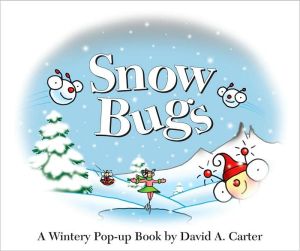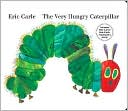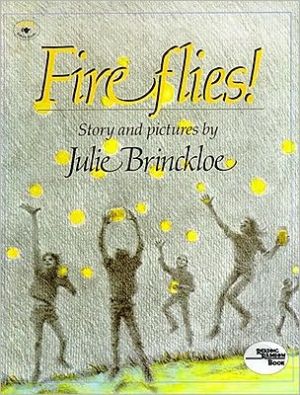Thinking About Ants
How would it be, to be an ant?\ You might be black, blue, brown, or red. You would have six legs and a body with just three parts. You might live inside a dead tree or under a rock. Rain, toads, and even other ants might be your enemies. When you put yourself in an ant's place and think about things from the ant's point of view, the world is quite different.\ \ \ Asks the reader to imagine what it would be like to be an ant, describing what ants look like, what they...
Search in google:
How would it be, to be an ant?You might be black, blue, brown, or red. You would have six legs and a body with just three parts. You might live inside a dead tree or under a rock. Rain, toads, and even other ants might be your enemies. When you put yourself in an ant's place and think about things from the ant's point of view, the world is quite different.Children's LiteratureBrenner asks readers to consider what it would be like to live out your life as an ant. Would you want to be an ant that cares for the eggs and larvae, or a food gatherer or perhaps a warrior who guards the nest? She fills the books with fascinating facts that are captured in the bold colorful illustrations by Schwartz. Given the size of ants, the pictures greatly enlarge these tiny creatures to reveal the body structure, relationship to food sources and predators. It might make one think again before dispatching one of these pesky critters.
\ Children's Literature\ - Marilyn Courtot\ Brenner asks readers to consider what it would be like to live out your life as an ant. Would you want to be an ant that cares for the eggs and larvae, or a food gatherer or perhaps a warrior who guards the nest? She fills the books with fascinating facts that are captured in the bold colorful illustrations by Schwartz. Given the size of ants, the pictures greatly enlarge these tiny creatures to reveal the body structure, relationship to food sources and predators. It might make one think again before dispatching one of these pesky critters.\ \ \ \ \ School Library JournalGr 1-3This simple introduction invites readers to see the world from an ant's point of view. As the text briefly describes the tiny insect's physical and behavioral characteristics, natural habitats, life cycle, diet, and enemies, it suggests that one imagine becoming an ant, taking on specific physical characteristics as they are mentioned and performing some of a worker ant's tasks. Vibrant paintingsmost of which are two-page spreadsshow a variety of ant species in natural settings as they engage in food gathering, fighting off enemies, tending larvae or the queen, etc. An appendix identifies the species depicted by common name. While the lilting, clearly written text is well organized, some useful information is omitted. For instance, terms such as "larvae," "cocoon," and "pupae" are not defined. Aphids are mentioned, but not identified as insects and no explanation is given as to how ants "sip honeydew" from them. Also, the environments shown are too pristine to be completely realistic. Arthur Dorros's Ant Cities (HarperCollins, 1988) provides more detailed information of life within an ant colony, but lacks Brenner's imaginative approach to the subject and Schwartz's anatomically precise paintings. Minor flaws aside, Thinking About Ants will give young readers a good idea of what an ant's life is really like.Karey Wehner, San Francisco Public Library\ \








